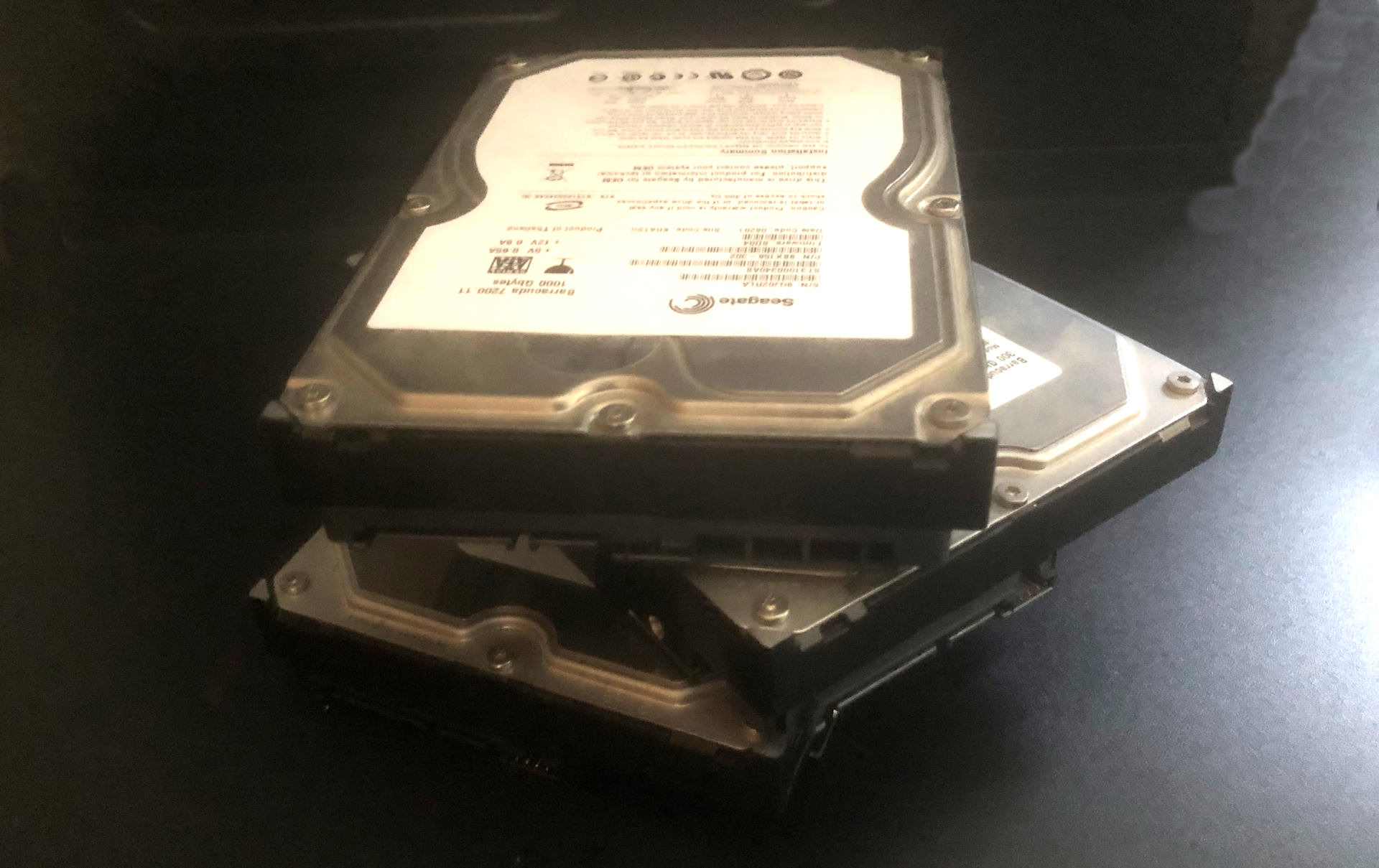
Setting up Proxmox Storage
These are the steps I took to set up my cluster. I’ve opted for a 4 disk set up consisting of a boot OS (+ISOs), local VMs (ext4), shared VMs (XFS) and NAS disk. Other than the NAS disk, all drives are NVMe or SSD.
I used Etcher to write the Proxmox ISO to a USB stick and the booted and installed Proxmox with the default settings (other than LAN settings of course, where I wanted specific IPs).
Once installed, I went into the shell and erased the partition details of the two non-NAS drives (replace sdx with the appropriate drive identifier – it could also be nvme0n1 format too):
cfdisk /dev/sdxOn one of them, I setup an ext4 partition and formatted it:
mkfs -t ext4 /dev/sdx1Once that was complete, I mounted the drive into Linux by ID. To find the ID, I used the following command (you may need to dig deeper – fortunately all my drives were unique):
ls -n /dev/disk/by-id/You’ll need to copy the partition specific ID and then edit the stab file:
nano /etc/fstabAnd add the following line:
/dev/disk/by-id/your-disk-id-part1 /mnt/vm-local ext4 defaults 0 0Save and exit using control+s and control+q and the mount the drive using:
mount -aNext go to the Datacenter and the Storage section of Proxmox and choose the Add | Directory option. Set the ID to VM-Local and the directory to /mnt/vm-local
Next, we’ll set up a ZFS pool for the remaining disk using the following command (note you’ll need to get the ID using the method above):
zpool create -f -o ashift=12 vm-shared /dev/disk/by-id/your-disk-idOnce again, go into the Storage section of the Datacenter and choose Add | ZFS. For the ID use VM-Shared and choose vm-shared from the ZFS Pool dropdown.
When setting up extra nodes in your cluster, you won’t need to do the parts above in the Datacenter | Storage section as these are automatically inherited for you.
Finally, to add in the NAS drive, create a VM and then run the following command, replacing 1xx with your VM’s ID and the drive ID. Note that it’s the drive you add and not the partitions.
qm set 1xx -sata1 /dev/disk/by-id/your-disk-id
Company Reviews